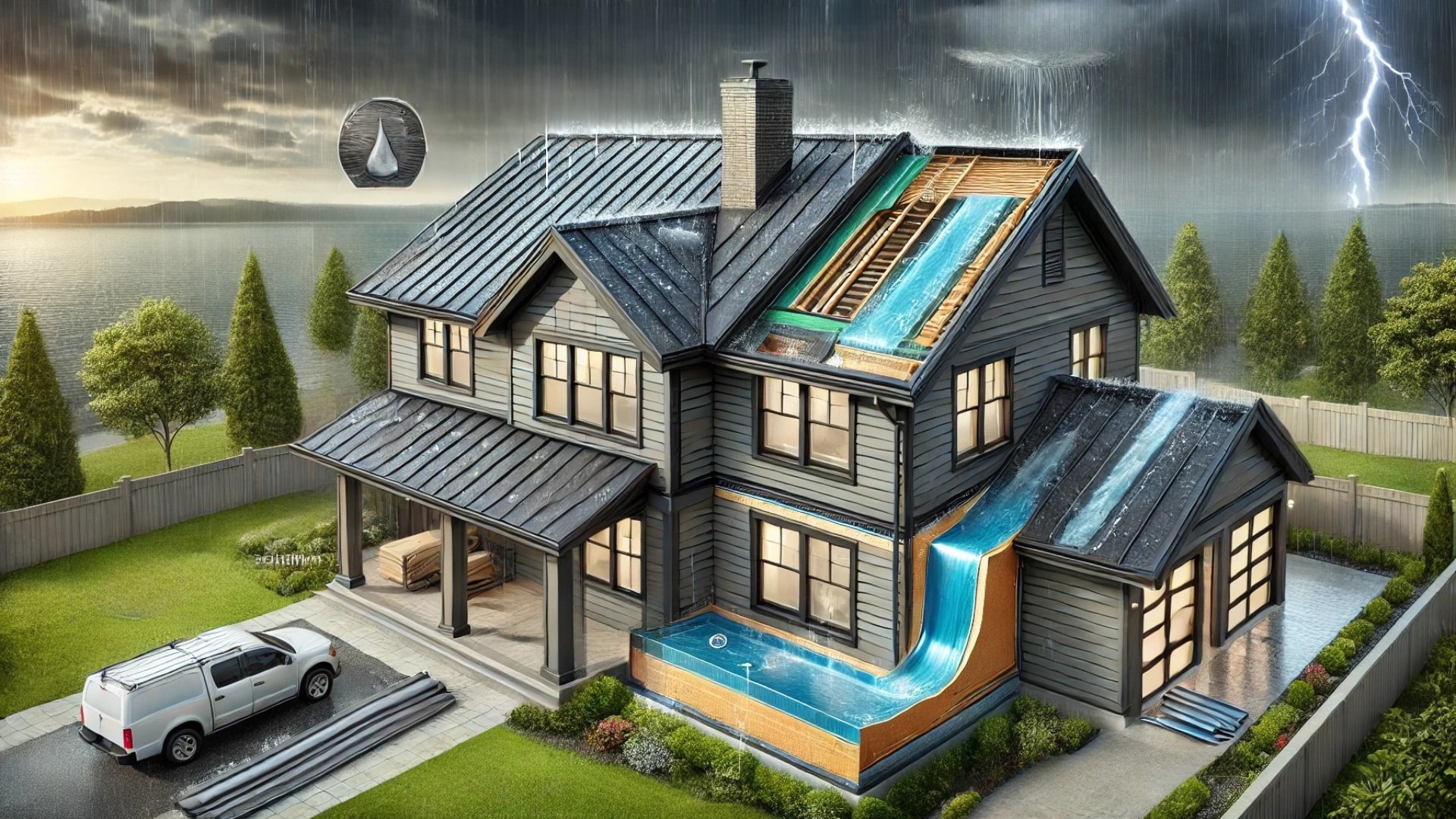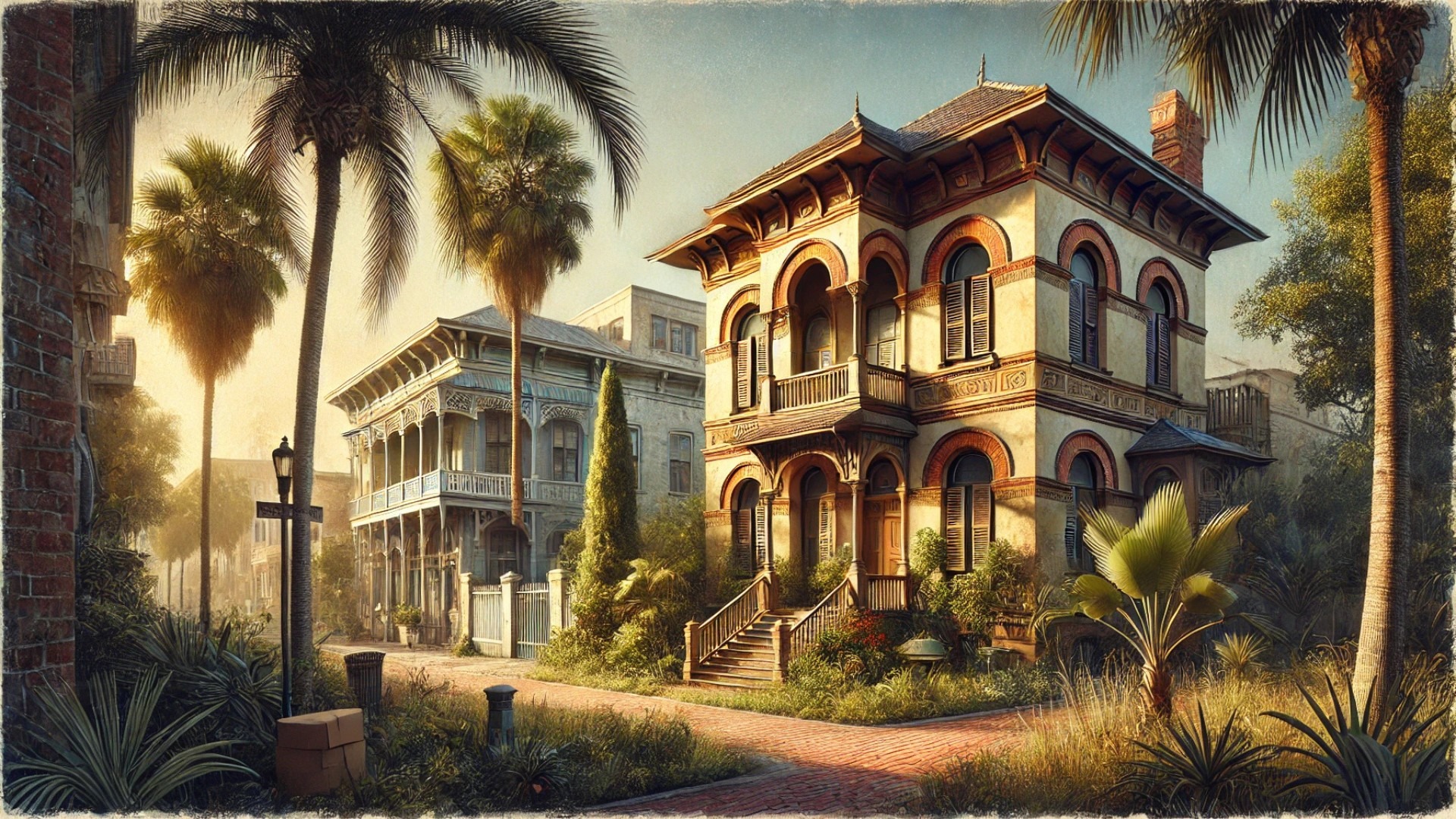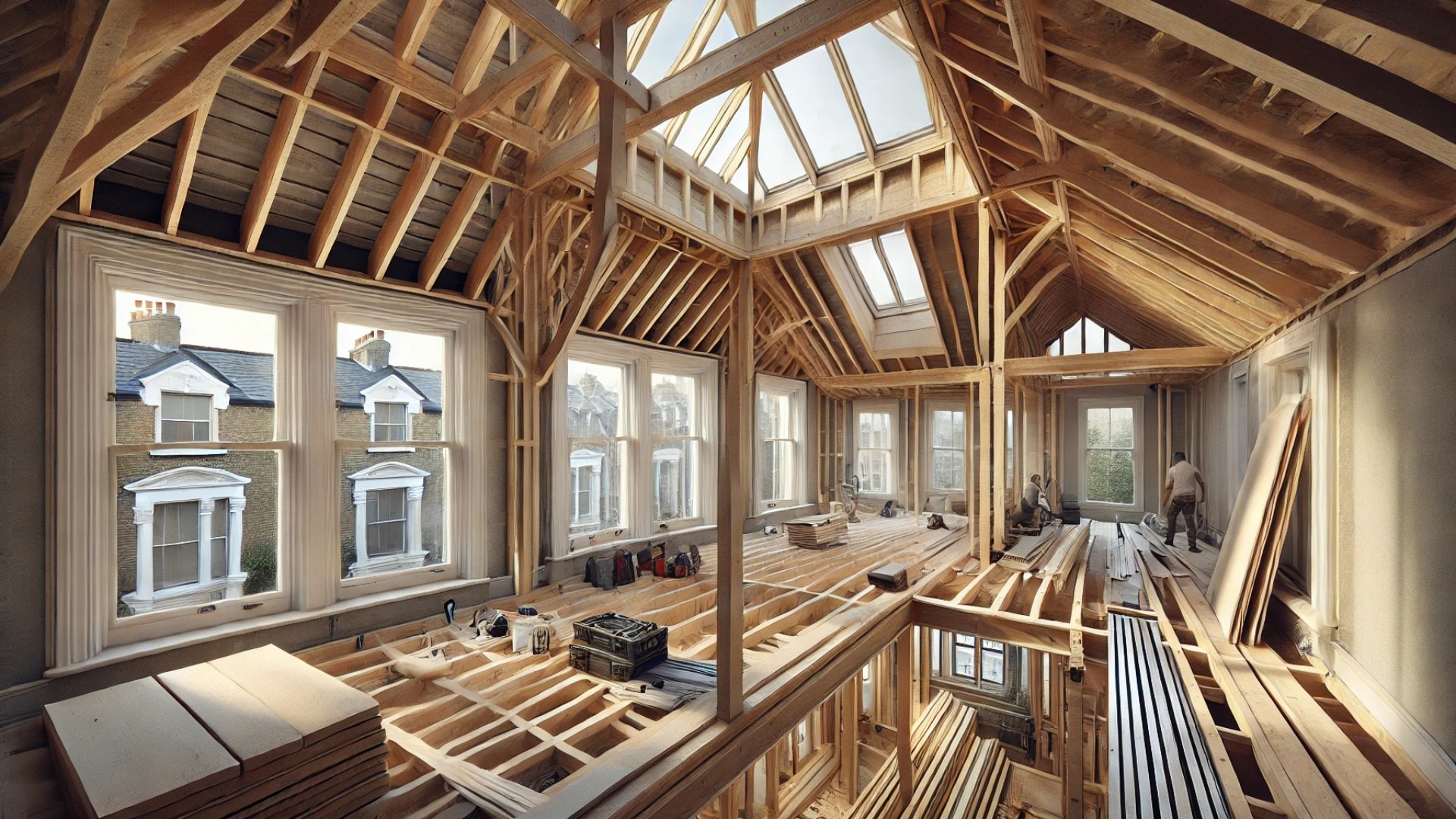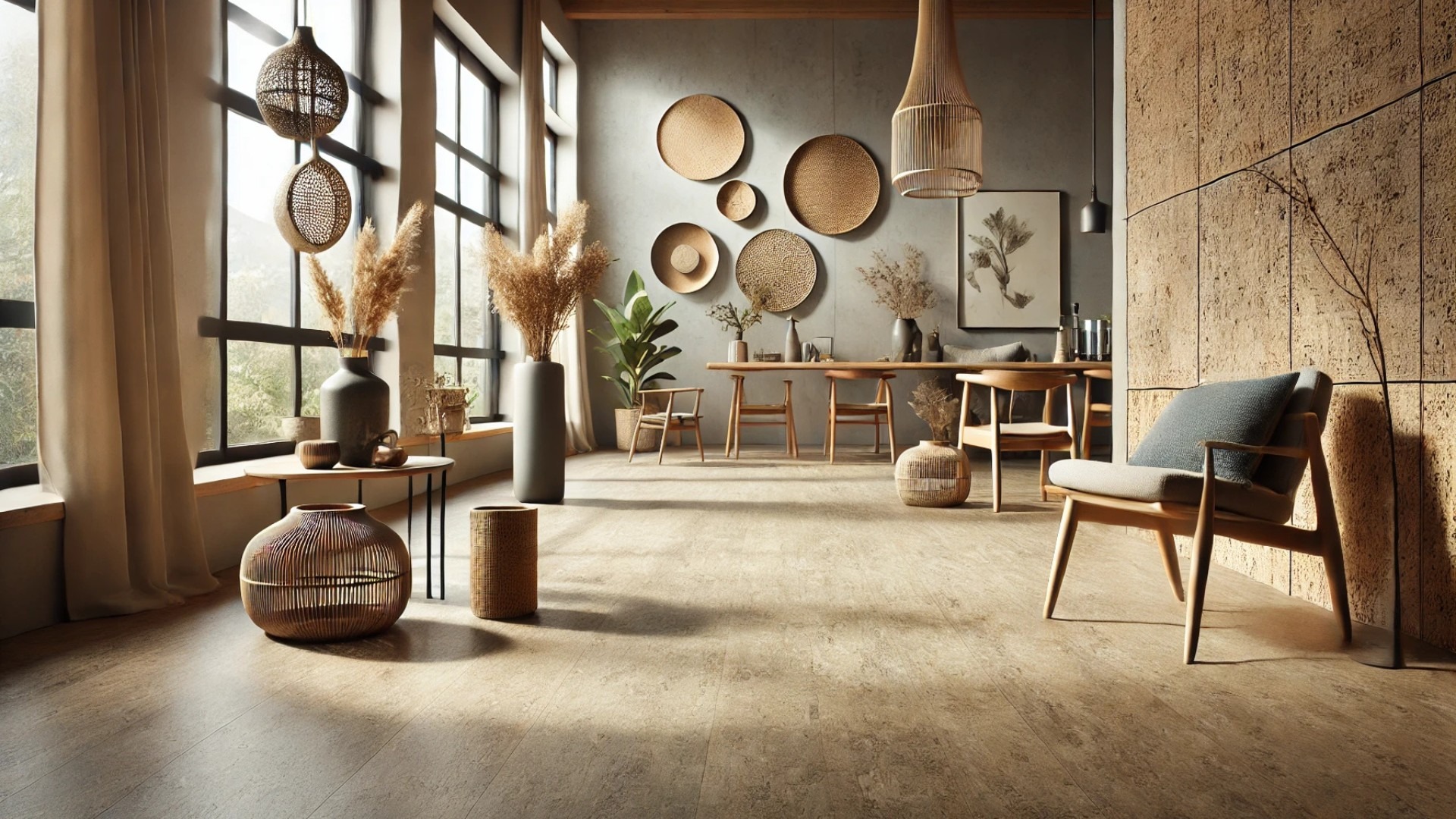
Building Resilience: 8 Crucial Principles for Designing Water-Resistant Roofs
Water is a chief adversary when it comes to roofing. If not properly designed, roofs can fall victim to rot and leaks, leading to extensive damage and hefty repair bills. For roofing professionals and homeowners alike, water-resistant roofs are not just a luxury—they are a necessity. Here is a detailed look at eight essential principles that can help design resilient, water-resistant roofs that stand the test of time.
The Importance of Roof Slope
First and foremost, it's essential to understand that the roof's pitch directly impacts its ability to shed water. A pitch that is too shallow can lead to pooling during heavy rainfall, while a steep roof might risk water overshooting gutters. Effective roof designs usually balance these factors, ensuring an appropriate gradient to facilitate swift runoff into drainage systems. Flat roofs, though popular in various commercial settings, require extra waterproofing to prevent water accumulation, making proper slope one of the critical factors in water resistance.
The Right Materials Matter
Choosing the right materials goes beyond aesthetics; it’s about durability and performance in various weather conditions. Materials like clay tiles, high-grade metals, and synthetic membranes offer superior water resistance. However, a material’s lifespan and its lock against moisture should match the local climate challenges. For example, frequent storms or freeze-thaw cycles can compromise certain roof designs, and their longevity will be affected. When selecting materials, homeowners should scrutinize specifications but also consider real-world performance under specific weather conditions.
Maintaining Gutters: A Key Ingredient
The best roofing designs can fail if gutters are blocked. Simple practices like regular cleaning are essential; debris in gutters can lead to serious water damage if not managed. Regular inspections to keep gutters unobstructed and well installed are vital preventative measures. Investing in quality gutter systems that cope with local weather patterns will increase the roof’s overall efficiency.
Sealing Penetrations
Every penetration through the roof—whether it be for vents, chimneys, or skylights—represents a potential leak point. Sealing these penetrations using the right methods can convert weak spots into strongholds against moisture. Backer rods and high-performance sealants should be utilized in addition to well-fitted flashing. Don’t just rely on a quick caulk fix as a long-term solution; ensuring the integrity of these elements is crucial for durability.
Underlayment: An Often Overlooked Element
Underlayment serves as a secondary moisture barrier, protecting against leaks should the top layer fail. Selecting the appropriate membrane—water-resistant or waterproof depending on conditions—is imperative. Synthetic underlayments are becoming more common due to their superior performance in challenging climates. They not only serve as a barrier but also contribute to enhanced energy efficiency during colder months.
Ventilation: Balancing Act
Not only should the roof be resistant to water from above, but moisture build-up from within must also be managed effectively. Proper roof ventilation aids in mitigating moisture that can accumulate over time. This often requires a balance of inflow and outflow, particularly in spaces such as attics, where trapped warm air can lead to condensation issues. Addressing both ingress and egress of air can significantly affect the overall success of your roof design.
Long-Term Benefits of Water-Resistant Roofs
Investing in a water-resistant roof equipped with these principles doesn’t just improve durability; it can enhance energy efficiency, minimize long-term maintenance costs, and increase property value. Understanding how to apply these principles can transform not only the safety of a structure but also its aesthetic appeal, paving the way for a masterpiece that stands up to the elements.
For homeowners and architects, the journey begins with intention—not just to build but to create something resilient and enduring against nature’s elements.
 Add Row
Add Row  Add
Add 




Write A Comment